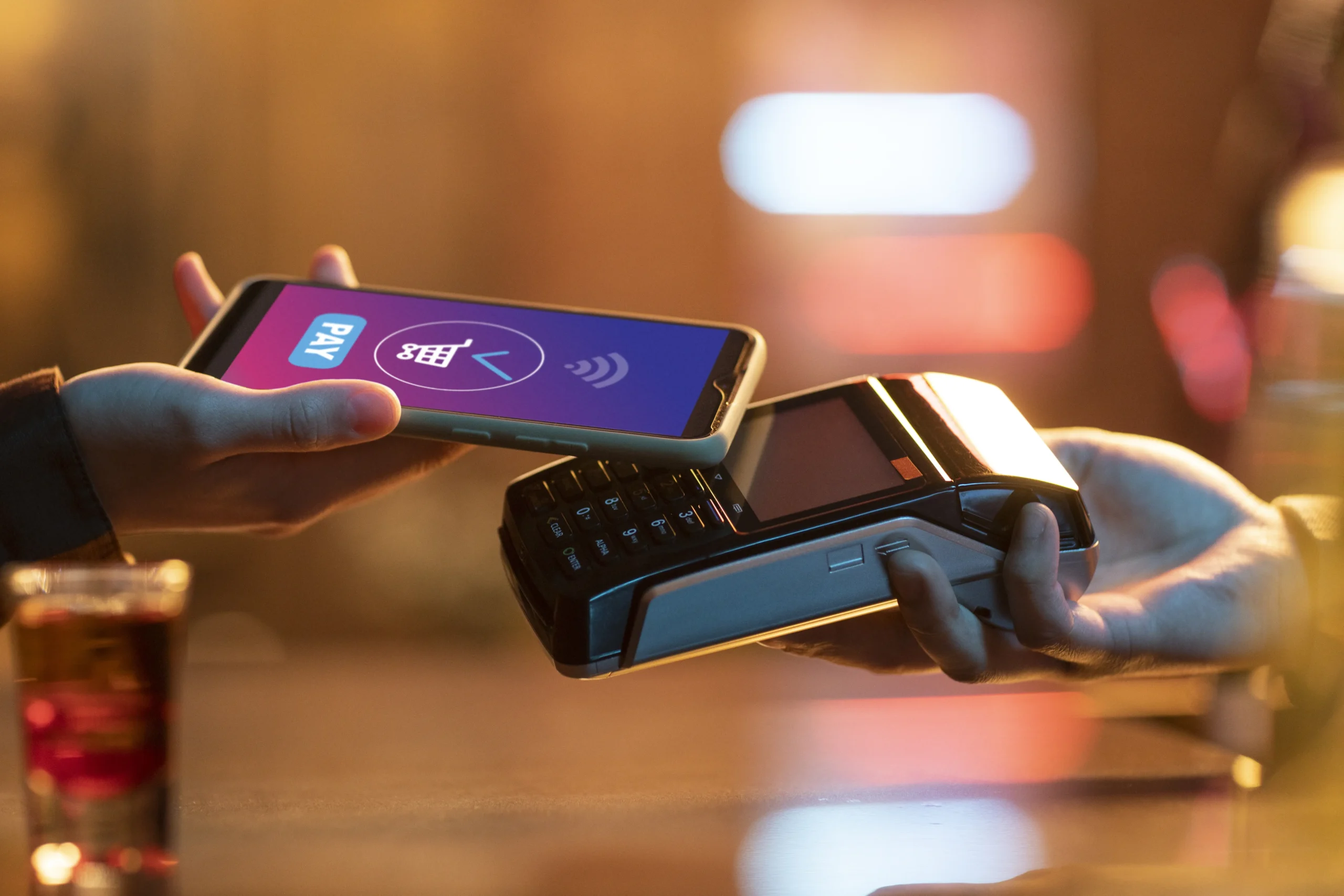September 26, 2025 | Dubai, UAE: With the advent of UPI payments in Qatar, Indian travelers no longer have to deal with exchange houses, cash exchanges, or card charges when purchasing smaller items. The latest development of UPI payments in Qatar is now live, providing a flawless, rupee-based payment option for Indians.
Through a cooperation between NPCI International Payments Limited, Qatar National Bank, and NetStars, QR code-based UPI has been allowed across terminals in Qatar, with Qatar Duty Free being the first one to implement it.

This change reflects India’s digital payment footprint abroad and will be used to help Indians in Qatar, reducing the reliance on cash or cards. With the Unified Payment Interface now available in the country, the question is how easily it works and how logical and convenient it will be for daily use.
How UPI Payment in Qatar Works
The working of UPI payments in Qatar is simple. Indian tourists who have a UPI app can scan the QR code and pay in rupees. The receiver will get the amount in the nation’s local currency. It is not like cross-border remittances or conversions; the payment will occur in real time. It will commence at Qatar Duty Free at the Airport, which will be the primary location where UPI payments will begin. Sellers under this network will incorporate this change slowly. The change lies in processing real-time payments abroad in rupees without facilitating currency exchanges or carrying piles of cash. This comfort will ease the tourists and travellers in the country.

Advantages, Constraints, and Adoption
Advantages
- Comfort
People are already familiar with the Unified Payments Interface in India, and you can conveniently use it overseas.
- Decreased dependency on cash
People do not need to carry loads of money or a lump sum for payments
- Tourism sector
The locals will benefit from the spending of the Indian tourists.
- Interoperability
It fuels the use of UPI, becoming an international payment system.
Constraints and Disadvantages
- Sellers using UPI are less
Only those sellers who are chosen by the chosen and who are willing to accept this change will have a UPI QR code.
- Limit of Transaction
There might be an underlying fee and transaction limit internationally.
- Banking Sector’s Compatibility
Not all apps would be supported by the banks on an immediate basis to function cross-border.
- User Vigilance
Many tourists are unaware of this juncture, and promotion is necessary for functioning.
Significance and What’s Ahead
The UPI in Qatar for Indians on how monetary systems are developing internationally. It is not just an accessible tool; it also depicts the government and business ties between India and the Emirates. For the country, it is a way to attract more Indian travelers and tourists and resolve the issue of retail spending.

Furthermore, the commencement is to extend beyond duty-free stores to shopping complexes, culinary spaces, tourist attractions, and local shops, especially those that resonate with QNB’s network. The objective is to develop something flawless, providing compatibility across borders. From the upcoming time, the United Payment Interface’s international acceptance can decrease dependency on cards for travelers. It may also affect cross-border remittances and payments developed between the countries.
With the availability of UPI payments in Qatar, families can enjoy a seamless way to perform transactions overseas. The launch begins with UPI in Qatar for Indians, duty-free, creating the path for extensive application to locals. Though the exchange is currently limited, its expansion secures a future where UPI in Qatar becomes a routine rather than a forced necessity. For travelers, this means carrying less cash and using cards for more convenience. For the tourism sector, it is a gateway for forms of customer interaction. As this change spreads across the globe, it is a step towards a digital biosphere that assists tourists, buyers, and sellers alike.
Read More: Indian Rupee Hits New Record Low of 24.09 against UAE dirham
















